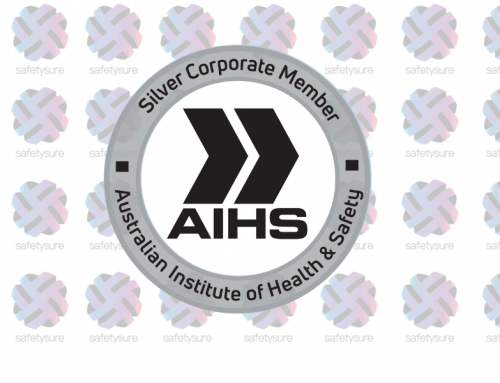Two directors of a Brisbane wrecking yard have been convicted and sentenced under industrial manslaughter legislation after a worker was struck with a forklift and died at their worksite in May 2019. The case clearly demonstrates the consequences of failure to manage and implement traffic management plans at worksites.
The case (see link to judgement) was brought against Brisbane Auto Recycling Pty Ltd and its’ directors Asadullah Hussaini and Mohammad Ali Jan Karimi, after 58 year old Barry Willis was crushed by a forklift during the loading of tyres at the wrecking yard. Mr Willis died in hospital eight days after the incident. (Read our first post on this case here)
Both the directors of the company and the company pleaded guilty to industrial manslaughter. The directors pleaded guilty to reckless conduct – category 1.
Judge Anthony Rafter sentenced the Directors to 10 months imprisonment and ordered that the term of imprisonment be suspended for a period of 20 months. The judge also fined the company $3million dollar.
The Court judgement shows that the conduct of the company and its directors caused the death of Mr Willis because it failed to control the interaction of mobile plant and workers at the workplace.
Additionally it failed to effectively separate pedestrian workers and mobile plant, and failed to effectively supervise operators of moving plant and workers….there were no traffic management plans.
Judge Rafter said that Mr Hussaini and Mr Karimi were reckless as to the risk to workers and members of the public who had access to the workplace. They failed to ensure that Brisbane Auto Recycling Pty Ltd controlled the interaction of mobile plant and pedestrians, failed to ensure that Brisbane Auto Recycling Pty Ltd effectively separated pedestrians and mobile plant, and failed to ensure that Brisbane Auto Recycling Pty Ltd effectively supervised operators of moving plant.
Brisbane company charged with industrial manslaughter
After the incident occurred the judge found that Mr Karimi initially told Mr Willis’ daughter that he had fallen from the truck.
Mr Karimi suggested to Mr Willis’ daughter that CCTV footage might not be required and proposed a version of the incident that placed responsibility for it on Mr Willis.
“That was disgraceful behaviour occurring as it did at a time when Mr Willis’ daughter would have been incredibly distressed” Judge Rafter said.
The Judge found that while the company did not have sufficient assets to repay the fine imposed, the amount was nonetheless appropriate to reflect the serious of the incident. The company will now be forced into insolvency.
What are the lessons from this tragic case for other businesses?
The risks from traffic at a workplace should not be understated. Contact between a rollaway vehicle, plant such as forklifts or even cars in car parks have been known to result in fatalities. There is substantial evidence of fatal interactions between forklifts and personnel, powered pallet jacks, trucks or delivery vehciles or personnel, children in workplace parking areas.
Defining specific risks of interactions and taking measures to prevent those interactions should form part of a traffic management plan for any work site.
What should a traffic management plan look like?
According to Safework Australia, a traffic management plan would typically include:
- the desired flow of pedestrian and vehicle movements;
- the expected frequency of interaction of vehicles and pedestrians;
- illustrations of the layout of barriers, walkways, signs and general arrangements to warn and guide traffic around, past, or through a work site or temporary hazard; and
- how short term, mobile work and complex traffic situations will be managed.
A traffic management plan could also set out:
- responsibilities of people managing traffic in the workplace
- responsibilities of people expected to interact with traffic in the workplace, and
- instructions or procedures for controlling traffic including in an emergency.
Workplaces should also consider the applications of engineering controls fitted to vehicles to prevent interactions. A number of suppliers have developed equipment to mitigate interactions including:
- Lighting fitted to plant that alerts personnel to danger zones through shining lights on the floor;
- Pedestrian alert systems;
- Vehicle alarms;
- Geotagging zones that slow plant speeds where interactions may occur.
Safetysure can help you with safety management plans
If you’re looking for advice or ways in which you can prevent traffic interactions at your workplace or you need assistance with the development of traffic management plans, Safetysure can help make the complex simple.
Call us on 1300 087 888 for more information.







Leave A Comment